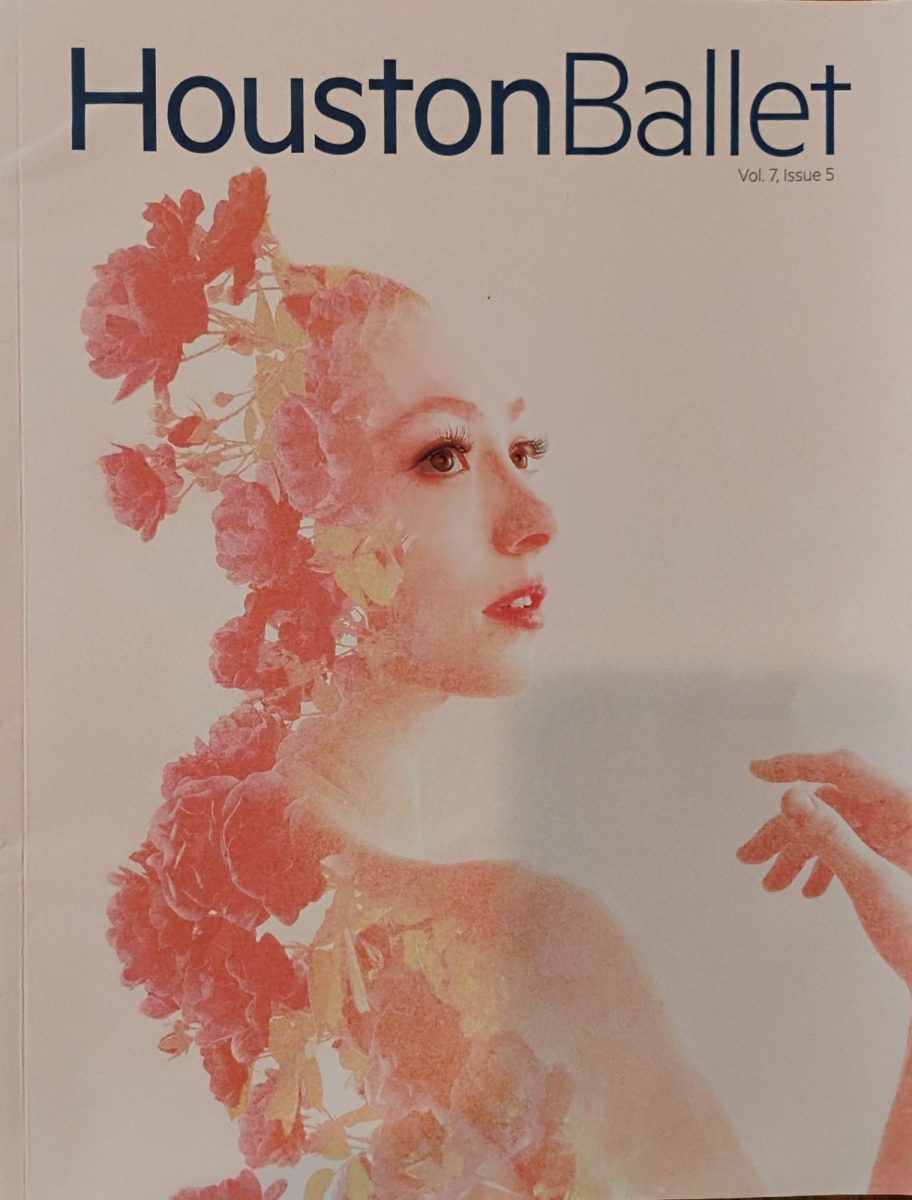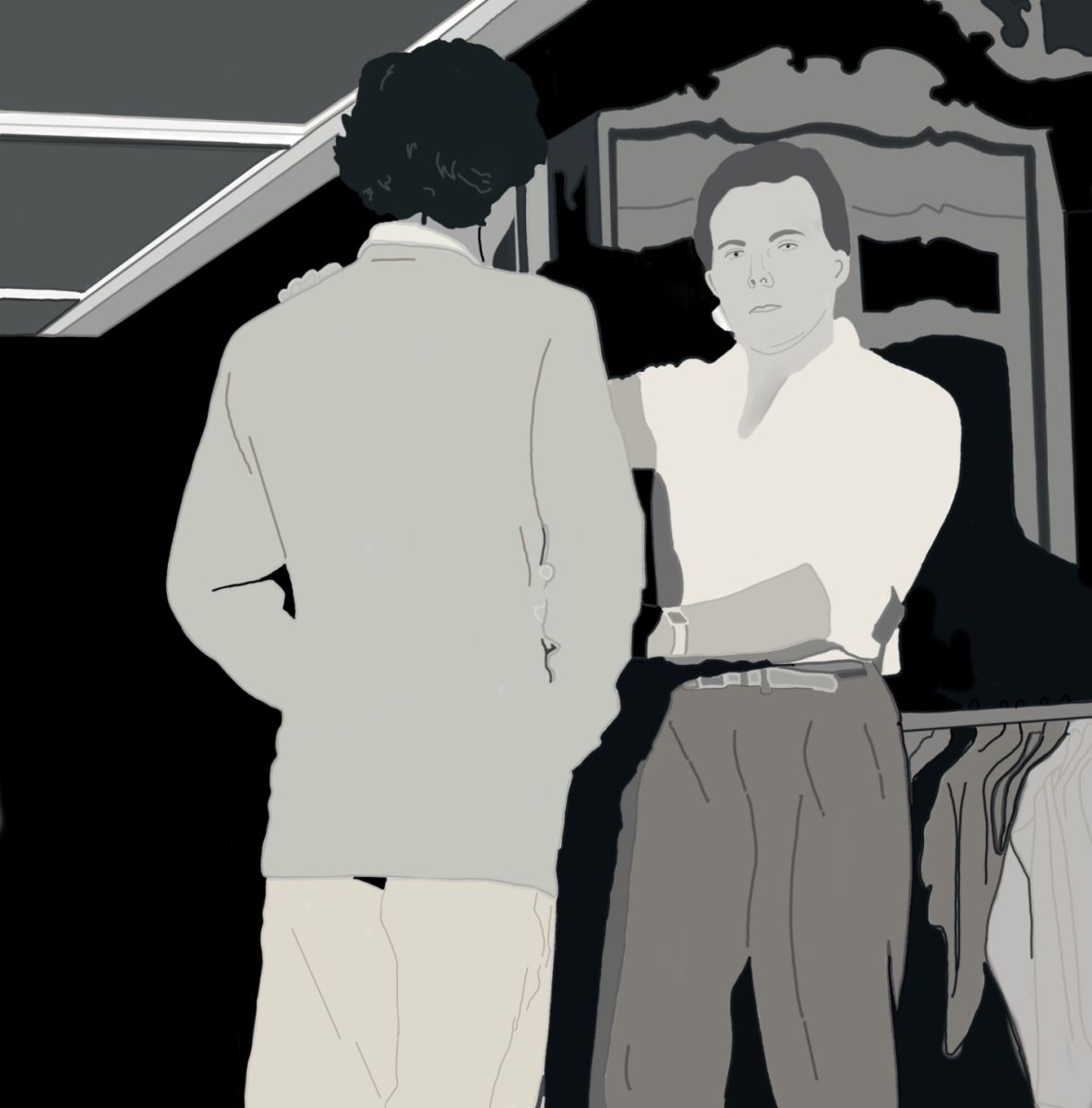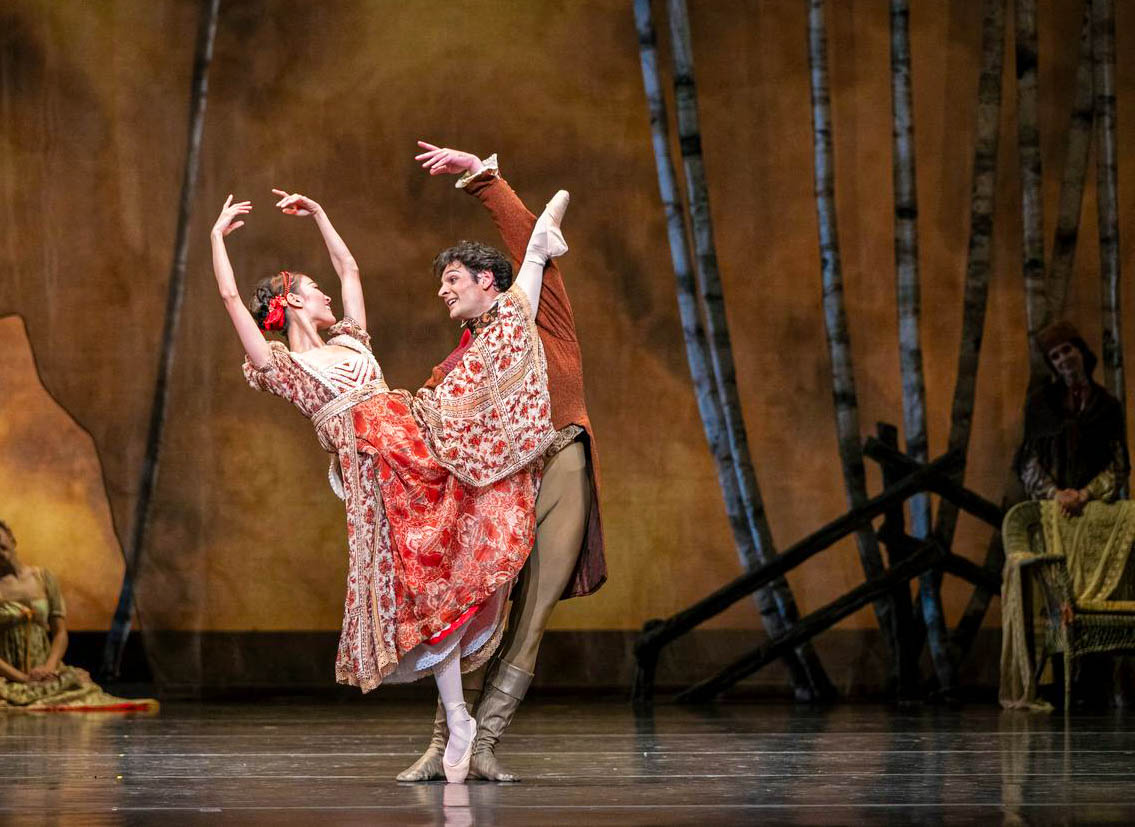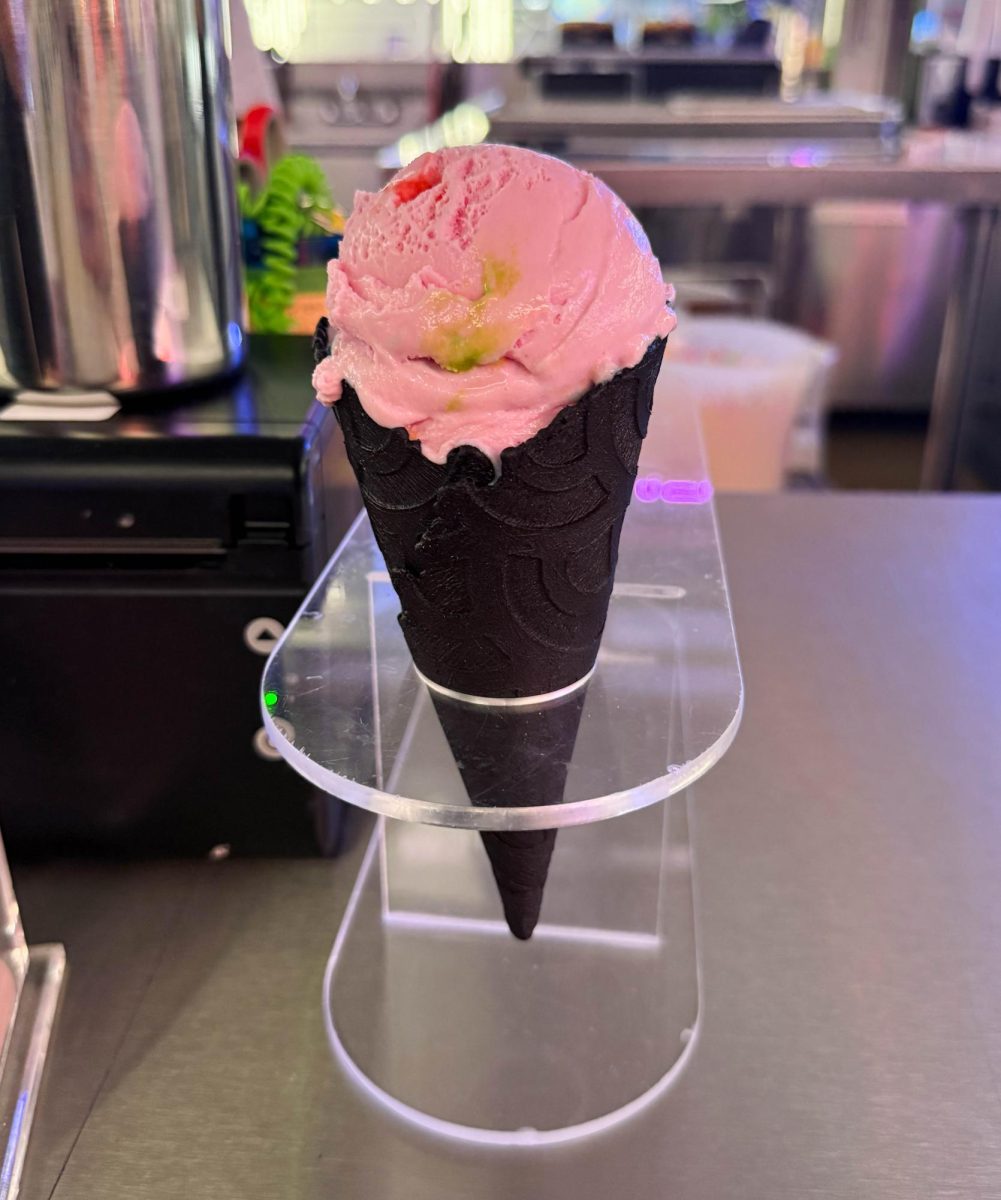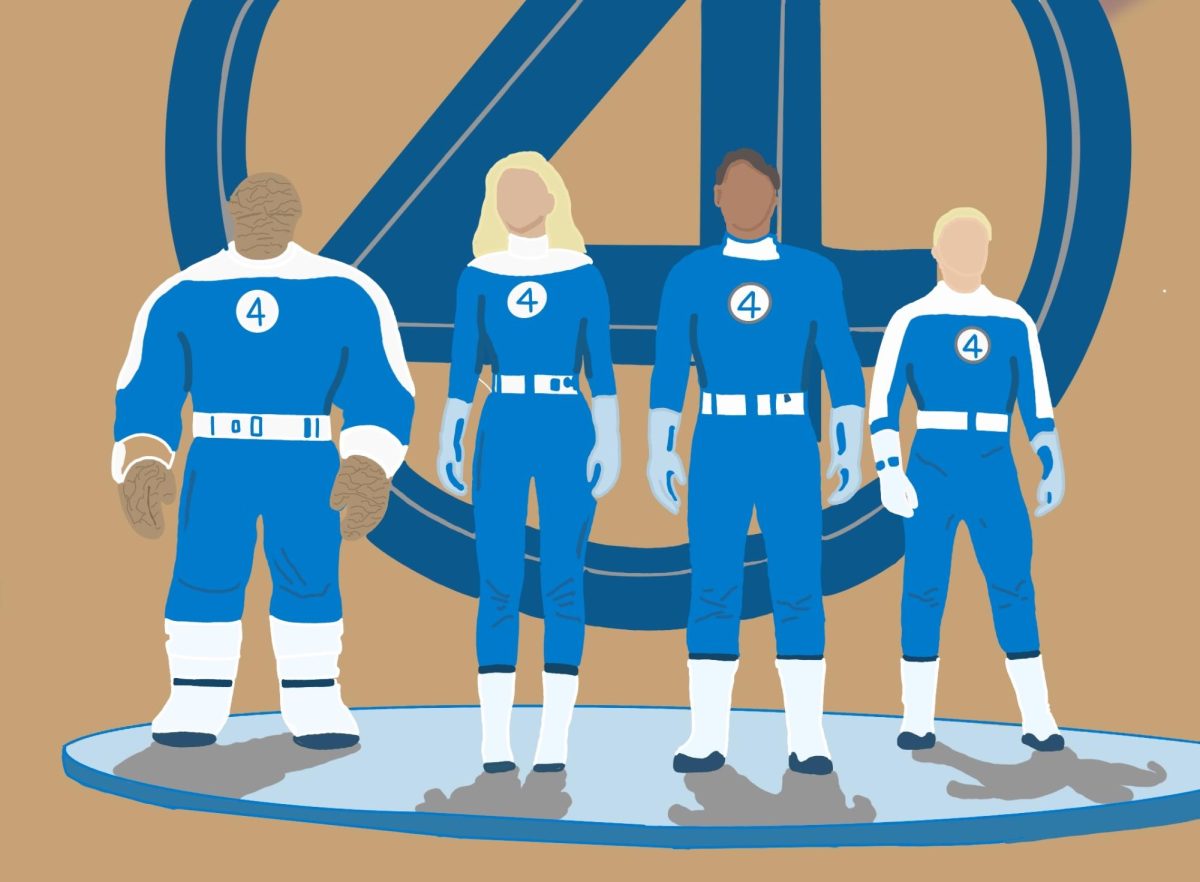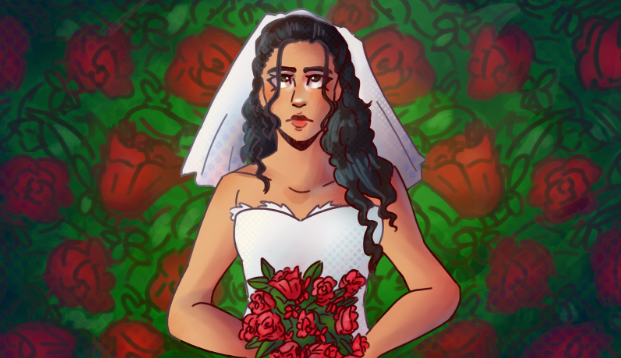The light seeps through the gossamer curtain as a baby’s cradle comes into view. Catalabutte, the master of ceremonies, steps on stage, frantically preparing for the christening. As the curtain rises, the nursemaids carry out the Princess Aurora. Sleeping Beauty was born.
This was just the beginning of Ben Stevenson’s “The Sleeping Beauty,” the enchanting story presented by the Houston Ballet from March 13 to 23 at the Wortham Theater.
“Sleeping Beauty” was originally choreographed by Marius Pepita and composed by Tchaikovsky. Charles Perrualt’s 1697 adaptation of “Sleeping Beauty,” the fairytale, was the inspiration for the plot. Ben Steveson’s version of this classic ballet was choreographed in 1967 and first debuted at the English National Ballet. When Stevenson was artistic director of the Houston Ballet, he brought his version of “Sleeping Beauty” to the stage of the Wortham Theater, which merges the iconic music from Tchaikovsky with a more energetic ballet. The current artistic director of the Houston Ballet, Julie Kent, directed this year’s “The Sleeping Beauty.”
I was in awe the first time I watched the set flooded with light – a technique repeated at the start of each act. It might have been a small detail, but it gave the stage an ethereal vibe. As the six fairies and their cavaliers performed their pax de deux and solos, I noticed that one of the fairies wore tights that matched her skin tone instead of the traditional ballet pink. Houston Ballet made the right choice here. Traditionally, ballet dancers were required to wear pink tights to “match their skin tone.” But, some companies have made the shift to more inclusive tight colors for dancers.
Details aside, the technique of every single dancer in the prologue amazed me. The fairies and cavaliers were always in sync and there was never an unpointed toe. As someone who’s danced ballet since the age of eight, I can only imagine how many years went into building such amazing technique. Any dancer who watched the Houston Ballet’s “The Sleeping Beauty” would have left inspired. But, Carabosse, the evil fairy who curses Aurora, was clearly the main character of the prologue. As smoke ominously filled the stage, Carabosse made her entrance with her minions. As she strode on stage, she snatched Catabulette’s wig to get her revenge – honestly a valid reaction, I’d be mad too.
Throughout her solo, the jumps, traditionally danced by men, were executed beautifully with intense power and height in every leap, conveying Carabosse’s character perfectly. Carbosse then curses Princess Aurora to die when she pricks her finger on a spindle on her sixteenth birthday. The explosive firecrackers that set off three times as Carbosse exited the stage were a loud, but perfect ending to her temper tantrum.
Act 1 fast forwards to Aurora’s 16th birthday where she dances with three princes, planning to marry one of them – a foolproof way to end up in a loving relationship. This act includes the “Rose Adagio,” the main dance that features princess Aurora. A central part of the “Rose Adagio” is when Princess Aurora sustains a series of balances en pointe in attitude, a crazy difficult move to execute. Compared with the rest of the ballet, soloist Aoi Fujiwara’s performance here was disappointing. While Fujiwara’s technique was undoubtedly impressive, her musicality and acting just wasn't it during the “Rose Adagio.” The “Rose Adagio” is a happy, playful part of the story – while the choreography is difficult, it should look effortless. But instead, the adagio put me to sleep faster than Princess Aurora.
The cobweb-covered curtain rose on Act 2 to Prince Florimund and his hunting party by a lake. The entirety of Act 2 was visually stunning. I loved the magical effect created by the fog and mechanical carriage that the Lilac Fairy floated in on. But my favorite part of the entire ballet was the scene where the vision of Princess Aurora leads Prince Florimund to the castle. It was giving serious fantasy novel vibes. Finally, Florimund gets his butt to the castle – it only took a hundred years – and fights Carabosse. After Carbosse’s defeat, the act ends with the iconic true love’s kiss.
In true fairytale fashion, Florimund and Aurora tied the knot right away. Act 3 featured three divertissements, which are random interludes in a ballet. The divertissements for “The Sleeping Beauty" were “Puss-in-Boots and the White Cat,” “Ivan the Fool” and “The Bluebird and Princess Florine.” Divertissements are meant to provide comic relief. There’s one problem – 18th century humor doesn't exactly resonate with modern audiences. All I could see when Puss-in-Boots and the White Cat came on were a couple of extras from the flop movie, “Cats.” While I understand that it’s not realistic to re-choreograph a whole section of a ballet, I wish that the artistic director had altered the divertissements to make them less cringey. Despite the divertissements, Act 3 was still beautiful and Fujiwara redeemed herself in her pax de deux with Prince Florentine with her gorgeous technique.
Overall, the Houston Ballet’s production of “The Sleeping Beauty” didn’t disappoint. With the small details in the set, the modernization of costumes and the exceptional technique – “The Sleeping Beauty” is not to be slept on. When the Houston Ballet performs “The Sleeping Beauty” next year, wake up and go watch it.


